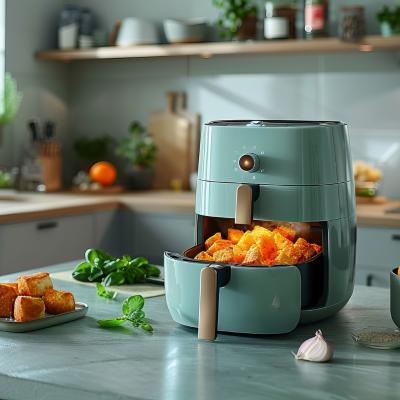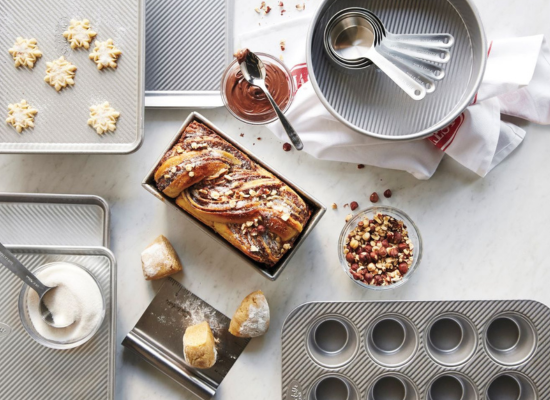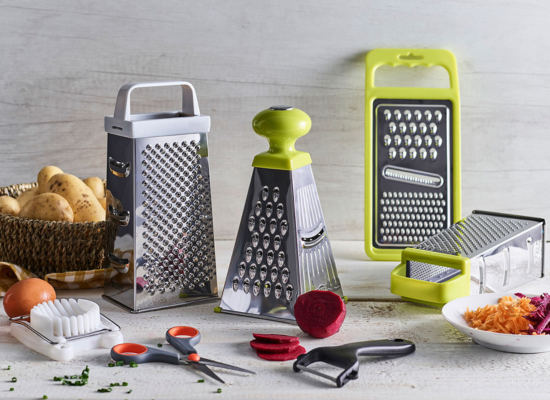
It’s no secret that seafood tastes best when it’s eaten fresh and shrimp is not an exception to this rule. But to do that, it’s crucial that you store live shrimp properly before cooking. The question remains, how do you store live shrimp before cooking?
You can store live shrimp before cooking using two approaches. At home, wash the shrimp thoroughly with clean hands before heading it. Store it in zipped bags or waxed milk cartons for future use. When onshore, filter the catch, wash it with water thoroughly and store it by mixing it with ice.
In this article, we walk you through the details of two approaches to storing live shrimp – one for when you’re at home and the other for when you’re onshore. Keep reading to become a pro at storing live shrimp and keeping it fresh before cooking!
Storing Live Shrimp At Home
The process of storing live shrimp at home is fairly simple and easy. Let us show you the way:
I. Washing
Thoroughly wash and sanitize your hands and the working surface for the shrimp. Next, wash the shrimp carefully using cold tap water.
II. Head the Shrimp
Remove the shrimp heads as they contain the majority of the bacteria and take up excess space and ice due to their high body weight. This step reduces the chances of shrimp spoilage.
There’s no need to remove the shell and tail since they help retain the shrimp’s moisture while they’re frozen. If you plan to cook the shrimp fresh, mix it with ice and put it in the refrigerator. Take care not to keep them like this for over 3-4 days.
III. Storing Live Shrimp for Future Use
For future use, you need to store the shrimp securely. Here are two ways to do it:
- Using a Zipped Bag
- In a zipped bag, put the shrimp along with cold tap water.
- Drain the water from the bag by placing it on its side till the shrimp is flat against the surface.
- Zip the bag and put it in the freezer.
- Using a Waxed Milk Carton
- Wash the waxed milk carton with an antibacterial solution thoroughly.
- Fill an adequate amount of shrimp according to the carton size.
- Fill the carton with cold tap water till an inch is left.
- Close the top and freeze the carton.
- When frozen, take it out and if any shrimp are visibly exposed, fill more tap water.
- Freeze the carton again.
Shrimp stored using the above 2 methods can last for four to six months. However, ensure you don’t defrost them only to freeze them again!
Storing Live Shrimp Onshore
People who are enthusiastic about fishing and eating seafood are always up for the task of working hard for fresh produce. If you’re one of those, you need to know how to store live shrimp correctly onshore.
I. Avoid Harming the Shrimp While it’s Still in the Net
Don’t leave the trawl in the water for too long while submerging it deep enough to get an adequate catch. This tidbit ensures that you don’t harm the shrimp in the net.
II. Use Surface Water for Initial Wash and Cover the Hauled Shrimp
Give an initial wash to the shrimp on the water surface before pulling the net out. After hauling the shrimp onboard, you need to be heedful and speedy while handling them. Avoid exposing the shrimp to the sun and wind by keeping them under shade. Otherwise, the chances of spoilage increase, and the storing process becomes difficult.
III. Sort, Wash, and Drain Water From the Shrimp
Sort the catch using your hand or a sieve to filter rubbish, other fishes, and damaged shrimp. Then, use freshwater or seawater to thoroughly wash the sand and debris from the shrimp and reduce bacterial contamination. Drain the maximum amount of water from the shrimp before moving forward.
IV. Store the Live Shrimp Using Insulated Plastic Coolers
Use insulated plastic coolers with drain plugs to store the shrimp. Place a thick 3-4 inches of ice layer at the bottom; it will keep the catch from coming in contact with the shrimp-ice drip. Mix ice and shrimp in a 1:1 pound ratio till all the catch is stored. Keep the drain plug open or periodically tilt the cooler on its side to remove excess water from the shrimp-ice drip.
Summary
There are two ways to store live shrimp before cooking, depending on whether you’re home or onshore. This article walks you through both processes in detail above. Now, you can easily store live shrimp without causing spoilage!




Share and get 15% off!
Simply share this product on one of the following social networks and you will unlock 15% off!